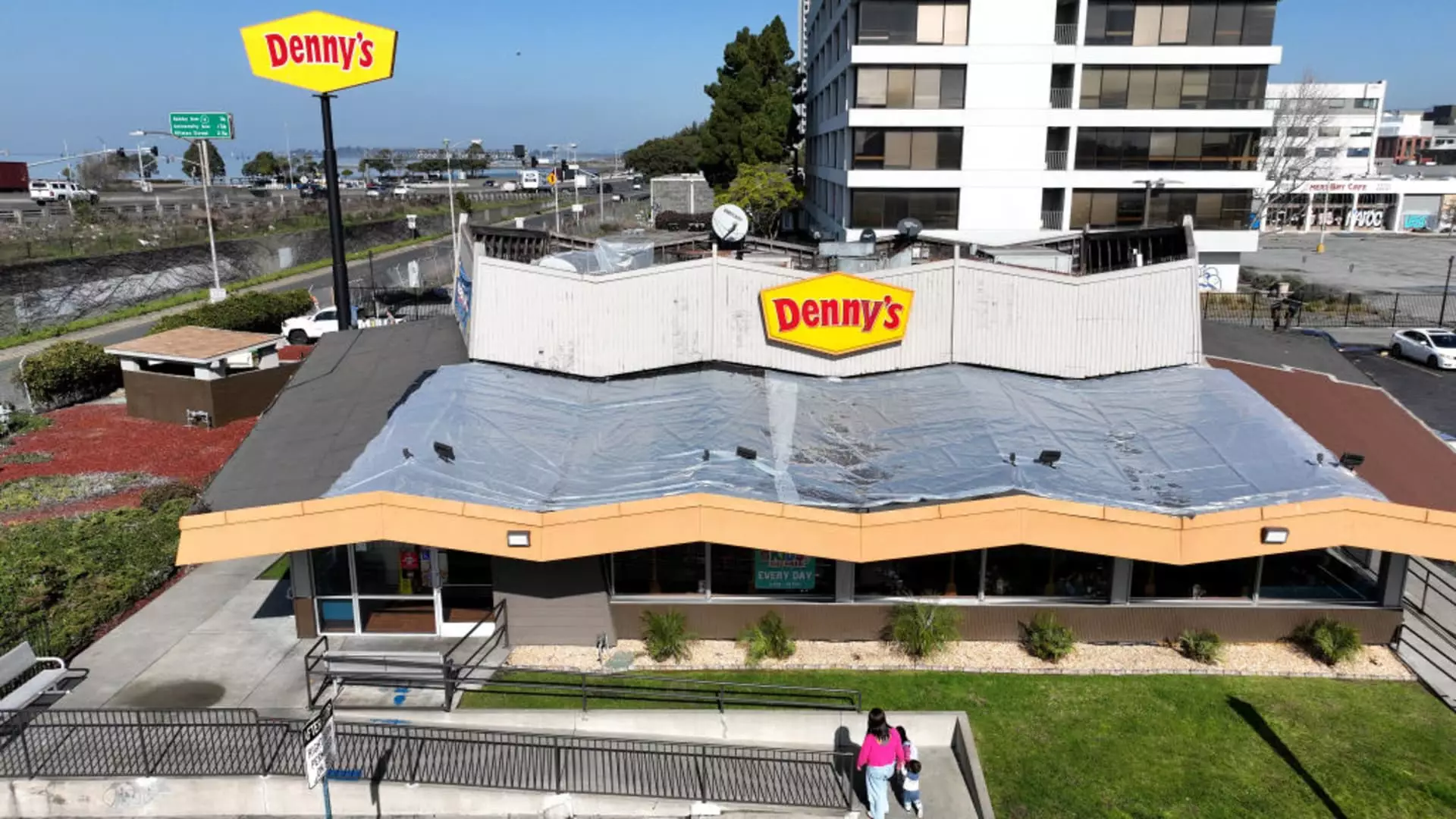The restaurant industry faced significant upheaval in 2024, marked by the closure of numerous underperforming locations as chains attempted to right the ship amidst dwindling consumer spending. Various factors contributed to this daunting environment, with inflation being a primary driver of consumer hesitancy. As patrons opted for budget-friendly options or sought discounts, restaurant visits across the United States fell sharply during the first ten months of the year. The cumulative impact resulted in weakened sales and a rise in bankruptcies, bringing the industry’s already fragile state into sharper focus.
According to data from Black Box Intelligence, the downturn in patronage was stark. The year saw a steep spike in Chapter 11 bankruptcy filings—twenty-six restaurant companies sought protection, a figure nearly tripling the number of filings seen during the critical period of the COVID-19 pandemic in 2020. Among the greatest casualties, casual dining chains, which grappled with already declining numbers since the Great Recession, found it increasingly hard to attract patrons in an era dominated by the ascent of fast-casual options.
The core challenge for many casual dining establishments lies in adapting to shifting consumer preferences. As diners increasingly gravitate toward fast-casual chains—places synonymous with quality and convenience, like Chipotle and Sweetgreen—the traditional model of casual dining has come under threat. Executives cited enduring struggles to entice customers, particularly when attempting to compete with the rapid service and perceived value these quickly rising chains provide.
For instance, Wendy’s announced a plan to close 140 underperforming locations by the end of the year, following an initial closure of 80 restaurants earlier in 2024. The leadership’s strategy hinted at a recognition of the necessity to evolve and improve the company’s overall footprint and efficiency. Despite the closures, there is an expectation of stabilization in overall restaurant count due to ongoing new openings, showcasing a dual approach to tackling the crisis while refocusing brand strategy.
Simultaneously, Dine Brands, the parent organization of Applebee’s and IHOP, indicated plans to close between 25 and 35 of Applebee’s locations. This initiative reflects a larger trend for long-established brands attempting to recalibrate their operational structures amid declining sales figures. Applebee’s has reported six consecutive quarters of decreasing same-store sales. The company’s struggles signify broader issues among casual dining chains, often resulting in more closures than openings over recent years.
Other chains have similarly made critical changes in response to these challenges. Denny’s, for example, closed approximately 50 locations in 2024 with intentions to reduce the count by another 100 by 2025. The goal behind these closures lies in eliminating the lowest-performing establishments, thereby improving overall sales performance. Despite facing flat same-store sales, the chain projected an optimistic trajectory toward opening new locations in the coming years.
TGI Fridays also joined the ranks of companies seeking shelter under bankruptcy protection, permanently shuttering 86 restaurants in the process. The company now faces an uncertain future, with additional closures likely as it navigates the complexities of its financial situation and restructuring plans. Similarly, Red Lobster found itself closing more than 120 locations while delving into bankruptcy, aiming for a turnaround under new management.
Fast-casual chain Noodles & Company also announced the closure of about 20 locations as part of a broader initiative to streamline operations. The company is undergoing a significant overhaul of its menu and offerings in an attempt to align more closely with customer preferences.
As the restaurant sector continues to confront various economic pressures, the path to recovery will likely require innovation and adaptability. Many chains are realizing that merely closing unprofitable locations is insufficient; a comprehensive assessment of their menu offerings, customer engagement strategies, and operational efficiencies will be vital for enduring success.
While brands like Bloomin’ Brands, which encompasses Outback Steakhouse and others, contemplated widespread closures to align with shifting consumer trends, the focus shifted toward rebuilding and rejuvenating the brand. Despite recently closing 41 locations, the company emphasized the importance of evaluating long-held leases and determining viable locations to support future growth.
The tumultuous journey of the restaurant industry in 2024 reflects broader economic conditions and rapidly changing consumer behaviors. As dining habits evolve, brands must innovate their strategies to remain relevant and appealing to patrons who are now more budget-conscious than ever. The coming years will undoubtedly present further challenges, but they also hold the potential for renewal and success if companies can legitimately pivot and adapt to the needs of an evolving market.


Leave a Reply